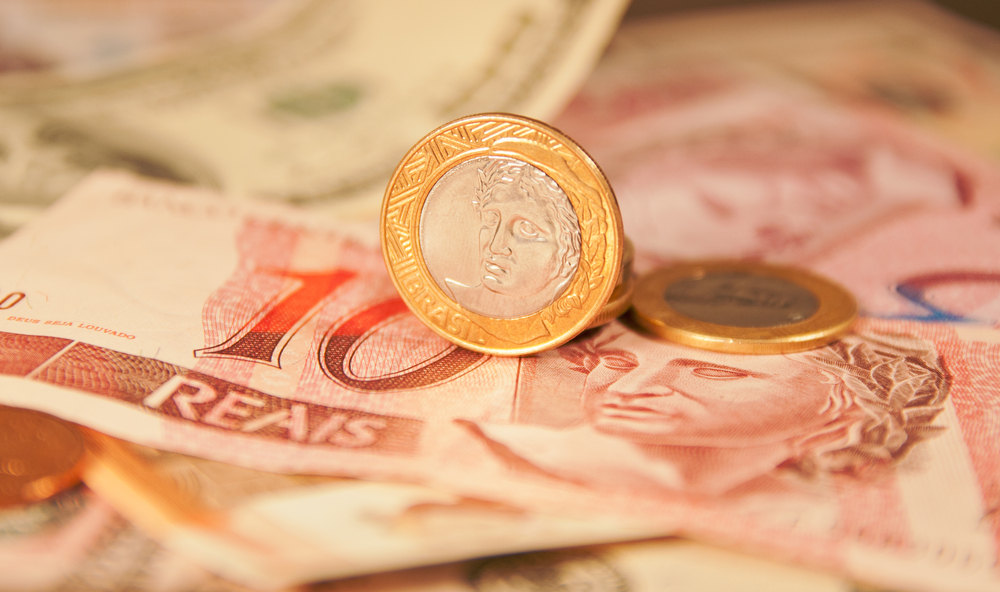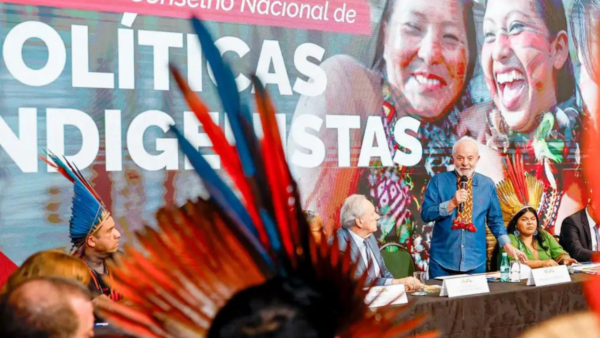If you take a Brazilian Real bill, you will notice that it bears a French symbol, Marianne—the effigy of the Republic. Brazilian economists like to joke that after changing currencies five times between 1986 and 1993, the country had run out of founding fathers, writers, artists, and educators to use on the new currency the government decided to create in 1994 to tame inflation. That illustrates just how desperate 1994 Brazil was for some economic stability.
Between 1980 and 1994, hyperinflation haunted Brazil. At the beginning of the 1980s, the rate hovered around 100 percent a year—and while that seems absurd by today’s standards, it was nothing next to what was to come. By 1990, during the transition between Presidents José Sarney and Fernando Collor—the first democratically elected leader since 1960—yearly inflation reached 6,800 percent.
During that time, prices were readjusted on a daily basis—sometimes, multiple times a day. It was a common scene in supermarkets for people to outrun employees who were changing the price tags, to get their products before...


 Search
Search






































